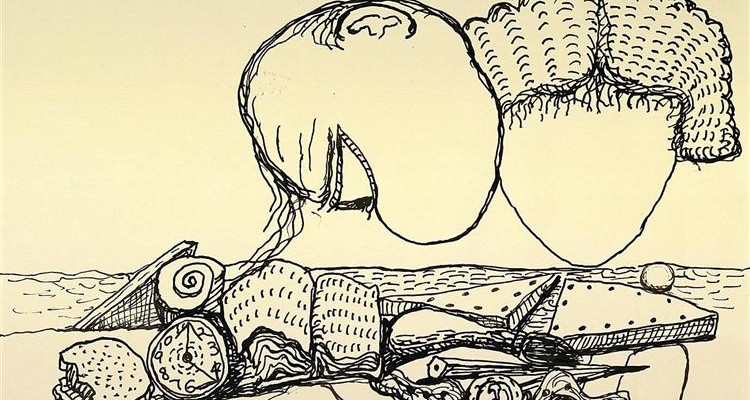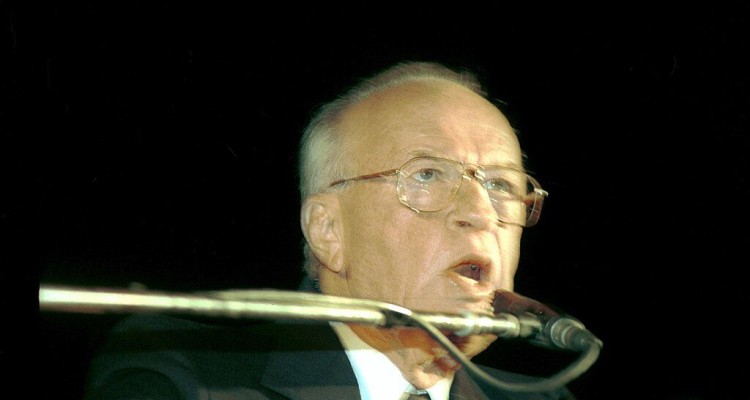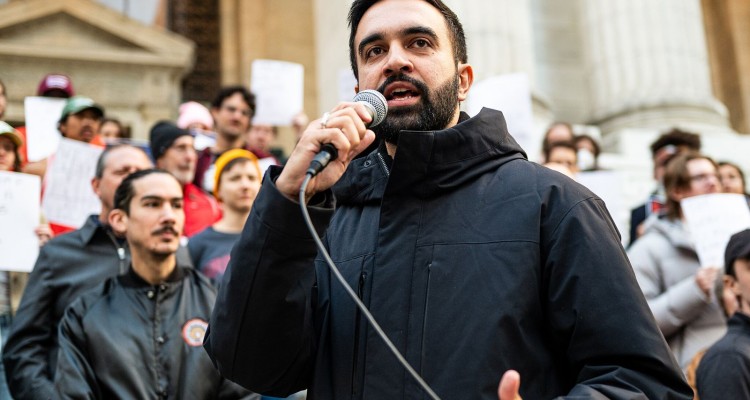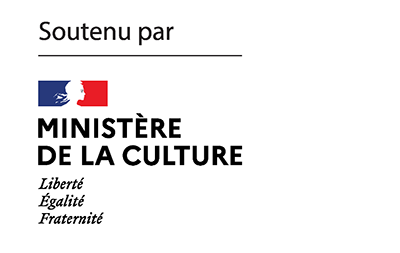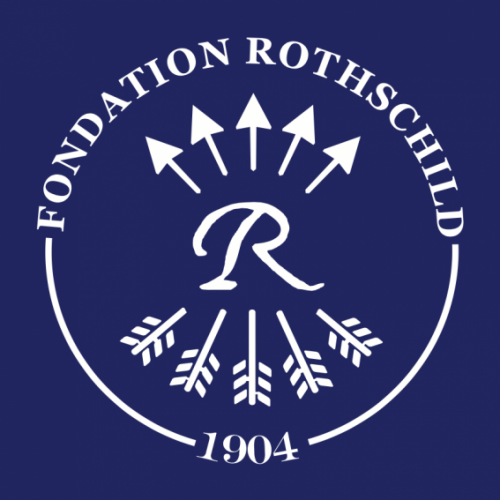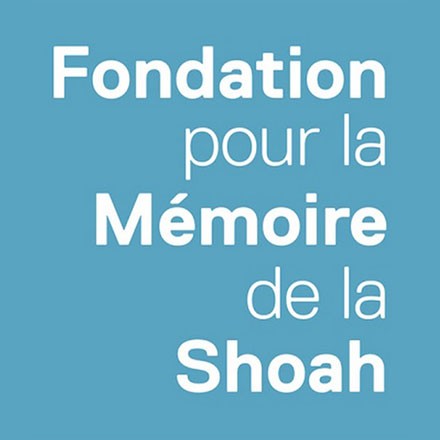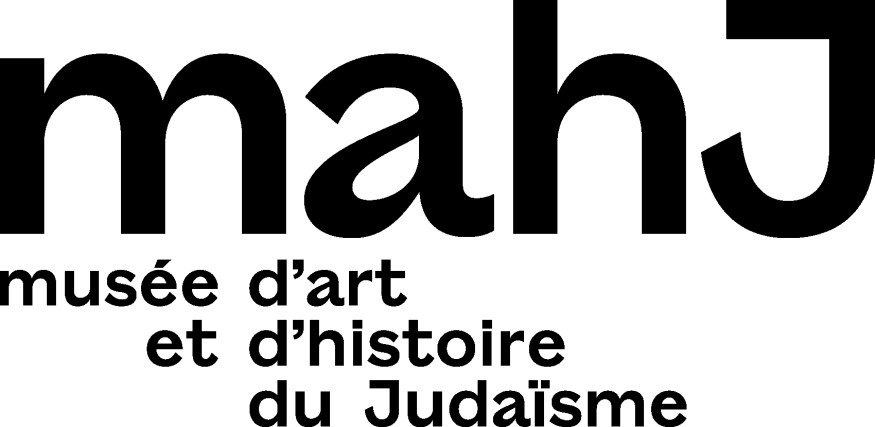At the University of Paris Nanterre, the anti-Zionist mobilization is producing a widespread unease among Jewish students, and raising issues of qualification. While these students are not targeted as Jews, they do feel threatened as such. Valérie Broussard, professor of sociology, investigated their experiences.

The mass killings and atrocities unleashed by Hamas in Israel on October 7 were passed over in silence by the vast majority of French universities[1]. At Paris Nanterre University, no message of support was sent in the days following the announcement of the horrors perpetrated. What did make a big splash, however, were the student and staff mobilizations in support of the Palestinians and Gaza, criminalizing the State of Israel: militant actions by far-left unions and parties (UNEF-Nanterre, NPA, Le poing Levé, Du Pain et des Roses, Révolution permanente); creation of two student and staff collectives for Palestine, in conjunction with associations supporting Palestine (Urgence Palestine, Samidoun, UJFP) ; meetings of the French far-left political party LFI (Antoine Léaument on October 10, Jean-Luc Mélenchon and Louis Boyard on March 14), “scientific” conferences and debates organized by teachers and union members (FSU, Sud) and, last but not least, an explosion of tags and graffiti all over campus. It was a racket on a par with that of the American campuses and the much-publicized Sciences Po Paris campus.
A conflict of definitions
Some time after these mobilizations began on the Nanterre campus, on October 27, Jewish students alerted the university’s President to a situation of unease experienced by many of them. They often put it into words under the category of antisemitism, in a context of a significant rise in antisemitic acts in France after October 7. In response to this complaint, on October 29, the Presidency sent a message to the entire university community, calling for “respect for others and tolerance”. Surprisingly, the terms “Israel”, “Jew” and “antisemitism” did not appear in the message, making the singular situation reported by the students invisible. So it’s hardly surprising that the media were alerted to the problem. The latter used the category of antisemitism to describe the situation: “In Nanterre, antisemitism is thriving” (Le Figaro, November 18, 2023) or “The shadow of antisemitism” (Le Monde, December 1, 2023). This media coverage triggered a double reaction at the university. On the one hand, a response from the Presidency and the Minister of Higher Education, who validated the term and assured that everything would be done to contain antisemitism[2]. On the other hand, and contradictorily, a challenge to these complaints of antisemitism, described as “an insult”[3] and a “defamatory campaign” designed to curb freedom of expression by silencing “any critical analysis of Israeli policy or any support for the Palestinian people”[4]. The situation was quite different in April 2022, when the discovery of graffiti featuring Nazi references (swastikas, Hitler apology) and antisemitic conspiracy tropes led the university to launch an internal investigation. Anti-Jewish hostility was then visible in its racist, nationalist and fascist dimensions. Attributed to the extreme right, it could be qualified without hesitation as antisemitism, which was denied to the facts reported in 2023 by the collective of students and staff of the university which was structured following these events and in which I am personally involved. For while the collective warns of antisemitism, with examples to back it up, the university considers that it is only a question of anti-Zionism, understood as the expression of a necessary criticism of the State of Israel and its policies. Moreover, the students and staff mobilized in support of Palestine deny that they are targeting Jews themselves, and all the more easily absolve themselves of any antisemitism as they present themselves as antiracist actors. The honesty of the complaints is even called into question. The facts are said to be fantastical. According to the Presidency, the graffiti “”Death to the Jews“”, reported by an article in Le Figaro based on the testimony of a student, does not exist. Students on a WhatsApp group accuse the testimony of being false and organize to obtain a right of reply from the newspaper. Non-Jewish teachers say there’s no antisemitism because they haven’t “seen” it. The students’ discomfort, meanwhile, is considered a mere “feeling”. This denial is reminiscent of the one that concerned a play written and performed by a student troupe at the University of La Rochelle[5]. Here, it is coupled with an accusation of a manipulative operation to disqualify a progressive movement, echoing that formulated by A. Badiou and E. Hazan in 2014[6]. The metaphor of the “paralyzing ray”[7], according to which antisemitism is instrumentalized to gag criticism of Israeli policy, is taken up within the university, among others by the Board of Directors and by UNEF, erasing antisemitism in favor of all-encompassing categories (tolerance, discrimination, racism, xenophobia).
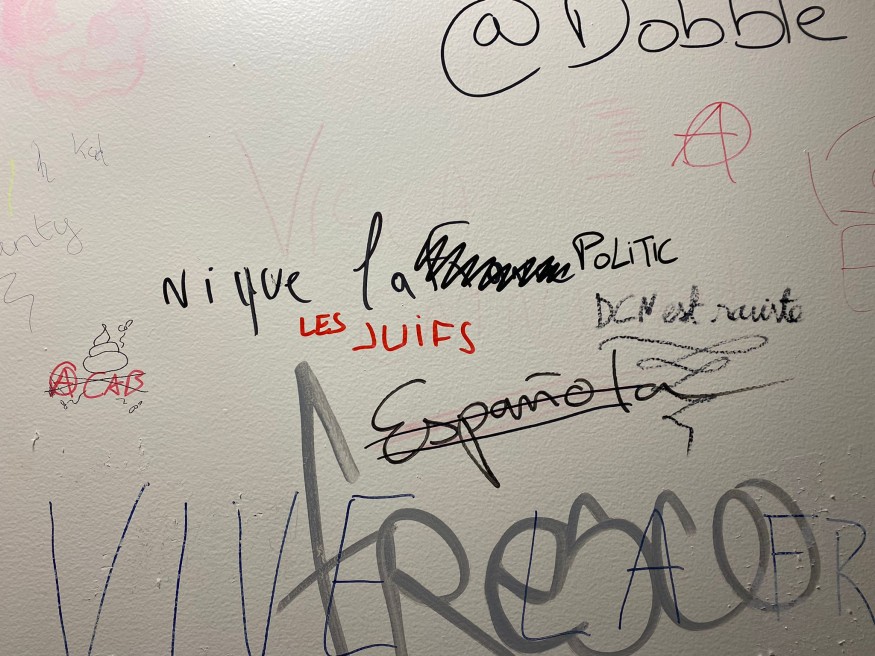
This struggle to define the facts reflects competing definitions of the situation. The definition of the situation shared by those who deny antisemitism is fairly well known, and goes far beyond the case of Nanterre[8]. Antisemitism is considered a sub-category of racism, and takes the form of hatred for religious, racialist or essentialist reasons. It has a nationalist, right-wing Catholic or fascist component. It easily gives rise to legal qualification as a crime of discrimination or provocation to hatred. Its use to describe anti-Zionist demonstrations would therefore be inappropriate and instrumentalized for political ends, to silence support for the “Palestinian cause” or to stigmatize the youth of the “cités” with their strong Muslim component. This definition of the situation is hegemonic on the left, led by LFI, and has found expression in the academic world through a number of forums and petitions.
Investigating lived antisemitism
So what is the definition of the situation that leads students to perceive antisemitism? What are they complaining about? What significance do they attach to them? How do they come to use the category of antisemitism to shape their complaint? These questions arise, because what appears after October 2023 in Nanterre, and elsewhere, but which has been traceable since the early 2000s and the second Intifada[9], is a troubled situation in which anti-Jewish hostility takes on new forms. Indeed, there has been no shortage of work characterizing these forms and discussing the relevance of the term antisemitism, sometimes deemed ill-suited. One of the difficulties identified by these studies is that anti-Jewish hostility is not, in the majority of cases, seen as such. As the situation in Nanterre shows, the signifier “Jew” is barely present, while that of “Zionist” dominates (“Zionists, racists, You’re the terrorists[10]“), and if there’s any talk of hatred, it’s mostly for the state of Israel (”Vive Gaza/Hate Israël[11]”). As detestation of Israel does not imply any racial, religious or essentializing dimension, the legal qualification of antisemitism is rendered inoperative, just as no discrimination or provocation to hatred on the grounds of race or supposed affiliation can be invoked. How then can we speak of antisemitism if there are no antisemites[12]?
To answer these questions, since October 7 I have been conducting an investigation based on observations of campus life during the Palestine mobilizations, my observant participation as a member of the Collective for the Fight against Antisemitism, and formal interviews with 25 Jewish students from Nanterre and 5 from other universities. Here are some of the findings.
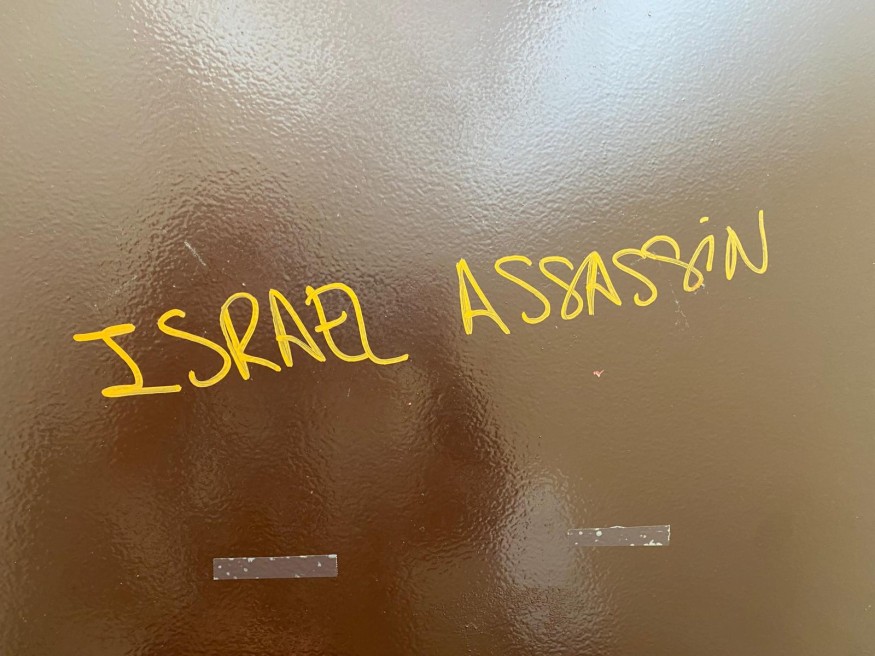
Let’s start with a multi-handed piece of graffiti found in a women’s bathroom in February 2024. First, a student wrote, in reference to October 7, that killing Jews cannot be considered resistance (“Killing jews is not fighting for freedom”). Four students replied. One said that Zionists should be distinguished from Jews, and called for the liberation of Palestine (“Free Palestine”). Another clarified that she was talking about Israel, not Jews (“I said Israel, not Jews”). Yet another adds that it’s not about killing Jews, but colonialists (“It’s not about Jews, it’s about colonialists”). Another justifies it by the crimes “they” commit (“They be using collective punishment on innocents. They don’t respect international LAW. Periodt”). Finally, there’s a huge capitalized “Fuck them”, although it’s not clear to whom the “them” refers. The slogans “Free Palestine” and “From the river to the sea, Palestine will be free” can also be made out half-faded. Thus, while explaining that Jews are not targeted, the graffiti justifies the October 7 murders in the name of anti-Zionism, criminalizing, behind Israel, an indefinite “They” that claims innocent victims. Although this graffiti cannot be formally considered antisemitic, it is typical of the kind of antisemitism that provokes in students a perception of hostility towards Jews. Take Georges, for example, a student who arrived at the university after attending another higher education establishment, where he notes that “there was a lot less antisemitism”, because “apart from the most fanatical, no one was interested in Israel”. Although, unlike Georges, most of the students made little use of the term antisemitism, they drew a clear link between anti-Israeli rhetoric during the Gaza mobilizations at Nanterre and anti-Jewish hostility. They evoke a “climate”, an “atmosphere” or a “mood”, something impalpable, which gives rise to a general feeling that they are not welcome at the university as Jews (“We don’t feel legitimate. I don’t know. We don’t really fit in ” says Nicole). They say they feel “tension”, “hatred”, “violence”. They all say they have been affected (“shocked”, “traumatized”, “disturbed”, “assaulted”) by violent comments (“chilling”, “abominable”, “atrocious”, “bloody”) made or written by their peers. And it’s as Jews, in the first person plural, that they say they’ve been attacked. This is what Georges points out when he talks about the changes that took place for him after October 7:
“In fact, I’ll tell you honestly, everything was fine in my life and in our lives before. Before October 7 came along and I found myself in this faculty, frankly, I didn’t have any problems. My life was ideal, honestly. I didn’t complain about anything […]. But then everything changed a bit for us in our lives”. October 7 seems to have produced a kind of rupture, the birth of a feeling of separation from other students, of exclusion from the university community, reinforced by the silence or indifference of their environment to their distress.
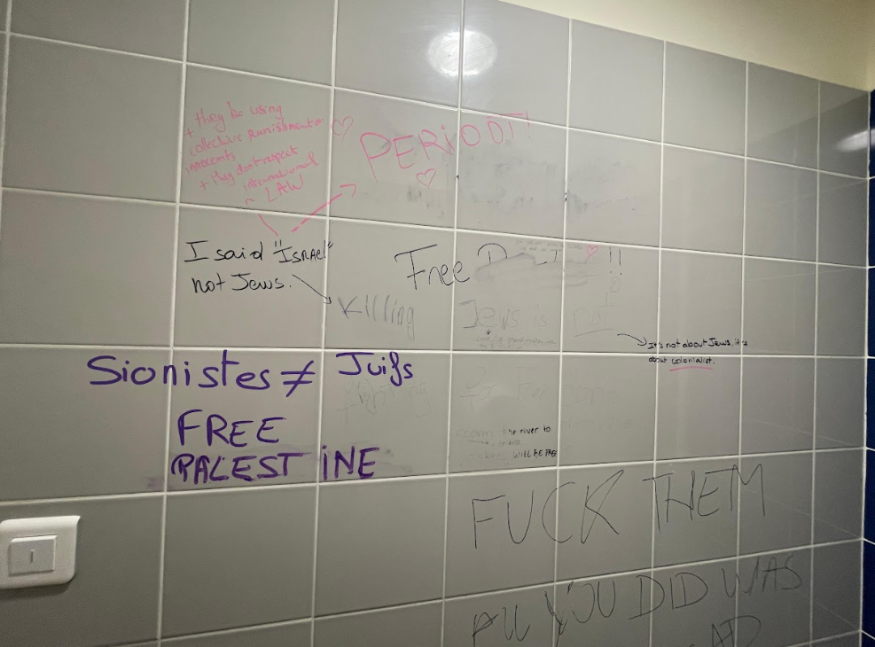
“And it’s true that I went to college […] with a lump in my stomach, but above all [I resented them]. It’s the place where all the students knew what had happened and nobody talked about it. And as soon as there were the returns from Israel in relation to Hamas, all of a sudden everyone opened their mouths: ‘Look at what Israel is doing, look at what it’s doing, it’s a terrorist state’.” (Michèle)
This perceived hostility is more specifically designated as that emanating from students identified as Muslims assuming radical anti-Israeli positions (“Here, we’re waiting for the annihilation of Israel”) and those identified as “far left” or LFI sympathizers, who criminalize Israel and describe the October 7 massacres as resistance (” Israel Assassin, Macron Complice ”, NPA sticker massively plastered on campus), but sometimes extends to teachers who take a stand against Israel and the university administration, in whom they have lost confidence. The hostility felt is therefore general, and leads to an obsessive reading of relations within the university and beyond:
“Even in the street, that’s in my life in general, I told myself that he [referring to another student], maybe tomorrow, if I had died, he would have laughed with joy” (Colette). On campus, attempts to eliminate him have not got the better of the frank, assumed anti-Jewish hostility, which we can certify is antisemitic, as it corresponds to its legal qualification. “Death to the Jews”, ‘Fuck the Jews’, as well as numerous swastikas and anti-Jewish prejudices (“Jewish conspiracy”, “ the mouths of the Jews lie”) are just some of the inscriptions that sporadically reveal an explicitly anti-Jewish hatred that the fight against racism and antisemitism has failed to curb. But these inscriptions are anonymous, without authors to pursue, and difficult to link to any tangible political movement on campus. Thus, the antisemitism characteristic of the far right, which is almost anecdotal, is barely noticed by students. As for the slogans “Hitler you’re the best”, “Soral is right” or “separate the CRIF and the State”, they leave the origin of this antisemitism more indeterminate. Some students univocally point to Muslims or Islamists as the source of this hatred.
“I don’t know if people realize, but this state is us…”.
In fact, outright hostility to Jews is rare. Nevertheless, Jewish students say they feel threatened. In the post-October 7 period, Jewish students are developing a kind of hypervigilance, often already acquired through their family socialization, and in their environment haunted by the spectres of the Holocaust or by the forced departure from “lands of Islam”. But if the feeling of hostility is nourished by the past, it is reinforced by the present experiences of confrontation with militant anti-Zionism, which it in turn colors: reality is experienced as potentially threatening, and therefore requiring interpretation. This is what Joëlle expresses, while feeling almost at fault for thinking so:
“Maybe it’s weird what I’m about to say, but when I see this, it’s as if someone was in front of me and was going to come and kill me. But me? why? I mean, it’s life-threatening. It’s a threat of annulment.” (Joëlle)
The “it” that provokes such anguish is not a “Death to the Jews” but a Palestinian flag and a “Free Palestine” slogan. She’s aware that they don’t directly threaten to kill Jews, but thinks that we need to look for “what’s behind it”, i.e. the real intention of those who manipulate these symbols and slogans: “They don’t see anything positive about the State of Israel. So it’s a bit… It becomes something irrational, and as a result, it becomes something of a desire to cancel, to make sure that this state no longer exists. But the problem is… In fact, I don’t know if people realize it, but this state is us.”
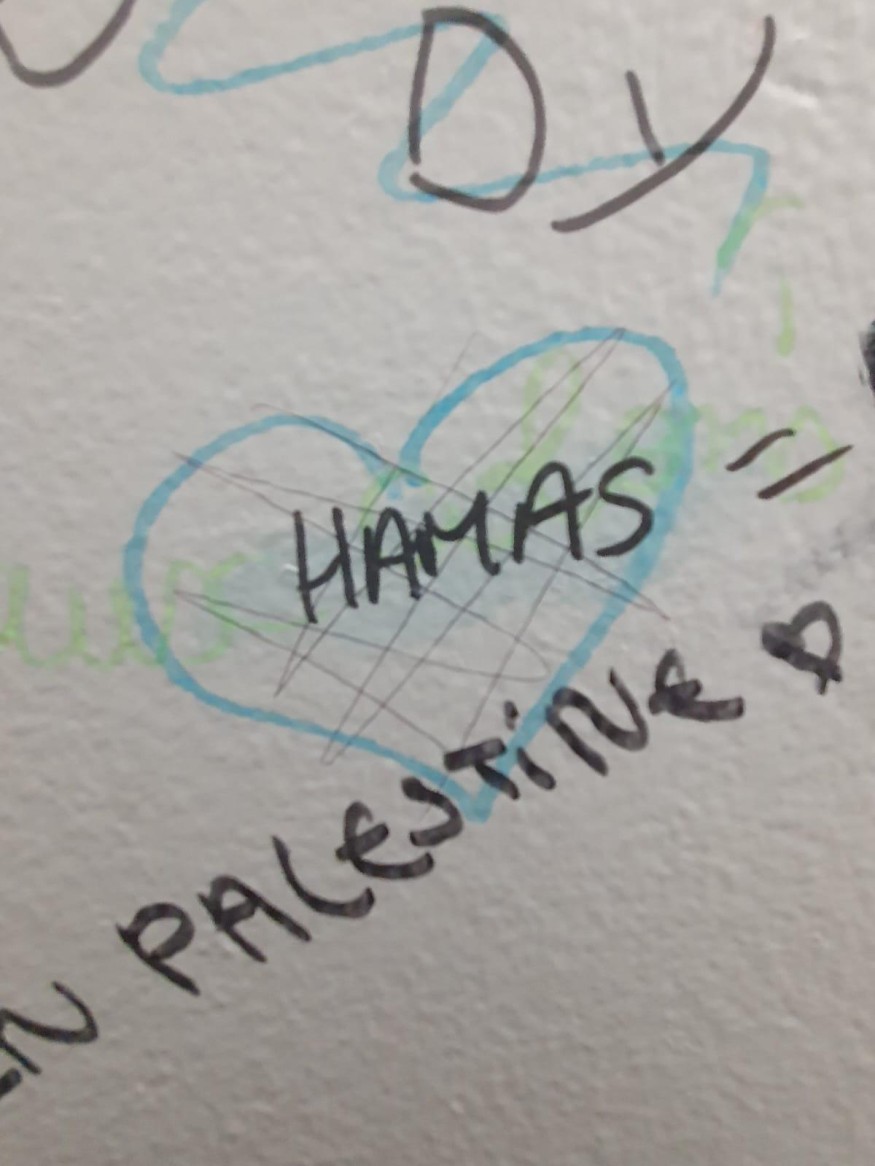
The anti-Jewish hostility Joëlle describes is not directed at Jews as a group, but at Israel as a demonized state and, by extension, at “Zionists”, i.e. primarily Jews. It’s a hostility that passes through another object, Israel, a state without legitimacy, doomed to disappear. The act of October 7 updates the historical danger of extermination. The potential destruction of the refuge state is experienced as an existential threat to Jews as such. Whether they have family in Israel or not, whether they’ve been there or not, whether they’re right-wing or left-wing, whether they come from a public or religious Jewish high school, whether they’re observant or secular, of Sephardic or Ashkenazi origin, all the Jewish students interviewed said they were “attached” to the existence of the State of Israel. It follows that any radical hostility to Israel – (“From the River to the sea”; “Colonialist” state, “Assassin” state “Hamas=resistance; Love Hamas”[13]”) is received as a threat to destroy the Jews. These words ring in students’ ears as the equivalent of “death to the Jews”:
“Making sure this state no longer exists means making sure we no longer exist” (Joëlle).
What Colette retranslates using the category of antisemitism:
“If you want to wipe Israel off the map, you can’t claim not to be antisemitic” (Colette).
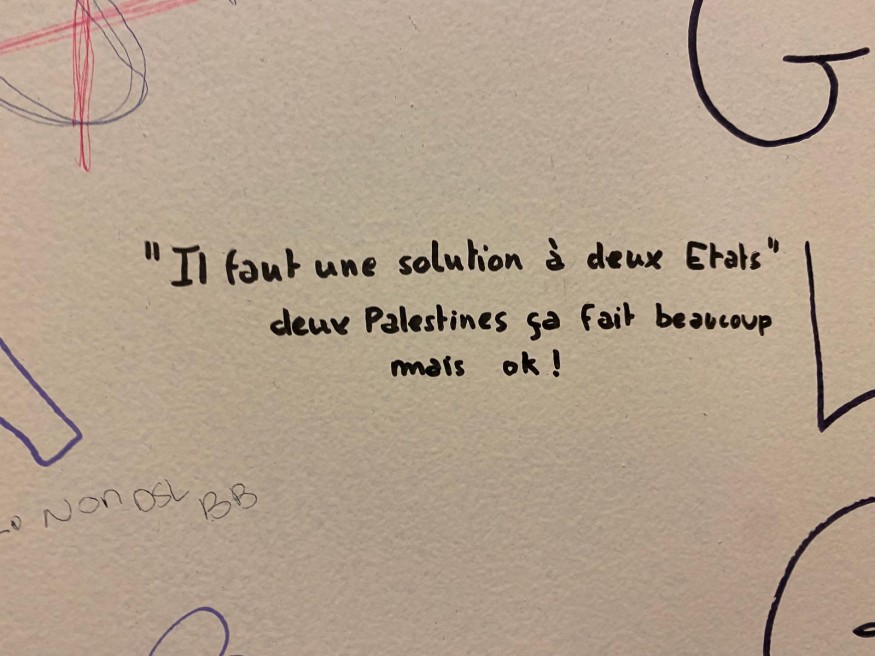
In this sense, the feeling of being targeted does not stem from a faulty amalgam between Jews and Zionists, which would turn Jews into Zionists against their will. “Zionist” does indeed function as an equivalent of Jew. And when “Zionist” is associated with a whole set of pejorative qualities (“dirty Zionists”, “Zionist scum”, “racists and terrorists”, “colonizers”, “genocidaires”, “fascists”, etc.), the signifier contains a moral disqualification, a tare, and anti-Zionism becomes a virtue. As Nicole puts it:
“When we get remarks like ‘I’m Jewish, so I’m a Zionist, so [I’m] not an anti-Zionist, so… we’re anti-you’.”
It’s easy to see why students say they no longer feel at home at university. They detect in the demonization of the State of Israel the most classic antisemitic tropes, as Jacques explains with the dogwhistle “celestial dragon”, used on social networks to designate and denigrate Jews without being accused of doing so:
“In fact, I’m finding it increasingly difficult to feel like I’m the villain of the piece. Our community, I feel like we’re… We’ve never been as much the celestial dragons as we are now […] when you hear every day, that we’re defending bloodthirsty monsters, it doesn’t help.”
Some students describe this hostility directly as antisemitism, while others hesitate. In all cases, they find themselves powerless in the face of hostility that affects them deeply, but whose reality they struggle to have recognized, outside the Jewish circles to which they have rightly refocused since October 7, to feel less isolated. All the more so as this hostility also permeates the most everyday interactions, in innocuous discussions, sometimes in a humorous way. Each time, the students report feeling uncomfortable, without being sure of any antisemitic intent. An uncertified hostility, real and yet uncertain, which is difficult to put into words, alerts them. They are faced with something deaf, something that speaks for itself. They detect hostility in the looks, in the unexplained unsubscribes to their Instagram accounts, in their silent sidelining. And then there are all those ambiguous messages, all the symbols whose meaning they know, but can never be sure they say what they say. For example, the graffiti “Fuck them” doesn’t refer explicitly to Israelis, or even Zionists. Jews, perhaps? “I don’t know” is the formula used by the students to express their unease at such indeterminacy. Here again, a hostility that is very clearly felt, but which they cannot say with certainty is directed against them, as Jews[14]. They live with the impossibility of naming it with certainty, but on the other hand know with certainty that its naming will be denied. Hence the expression “climate” or “atmosphere” that recurs regularly in our interviews. An ethereal, elusive hostility that the category of antisemitism cannot capture, but which at the same time says the essential thing: anti-Jewish.
Valérie Boussard, Professor of Sociology, University of Paris Nanterre, August 2024
Notes
| 1 | Julia Christ, “Universities : The Sound of Silence”, K., October 19, 2023 |
| 2 | Message from the Presidency on November 20; high-profile visit by Minister Sylvie Retailleau to the campus on November 21 |
| 3 | Message from the Presidency on November 20 |
| 4 | Motion 2 voted by the university’s Board of Governors on December 11, 2023 |
| 5 | Goldberg, M., 2014, L’antisemitisme en toute liberté, Lormont, Le Bord de l’eau. |
| 6 | Badiou, A., Hazan, E., 2014, L’antisemitism partout. Aujourd’hui en France, Paris, La Fabrique. |
| 7 | Lévy-Brühl, M., 2024, “La France insoumise, Jean-Luc Mélenchon et l’antisemitisme”, in Histoire politique de l’antisémitisme en France. De 1967 à nos jours, Paris, Robert Laffont. |
| 8 | Zawadzki, P., 2022, “L’ansemitisme, tâche aveugle de la critique de la domination? Eléments pour une sociologie non sociologiste de l’antisemitism”, in L’Antisémitisme contemporain en France, Paris, Hermann, 2022, pp. 315-347. |
| 9 | Crapez, M., Les années Nanterre (Interview with Shmuel Trigano), Pardès, 2017/2, n°61, pp. 237-251. |
| 10 | Graffiti found in November 2024, Women’s toilets, Bat D. |
| 11 | Graffitti found in May 2024, Toilettes filles, Bat D. |
| 12 | Wistrich, R. S., 2004, “L’antisémitisme sans antisémites”, in Gerstenfeld M. et Trigano S., Les habits neufs de l’antisémitisme en Europe, Editions Café Noir, pp. 49-54. |
| 13 | Graffiti March 2024, Toilets, Veil Building, equivalent remarks also made in promotional WhatsApp groups, overheard in oral conversations or seen via Instagram accounts. |
| 14 | Lyon-Caen, Judith, “The return of the little ‘h’”, K., June 20, 2024. |
